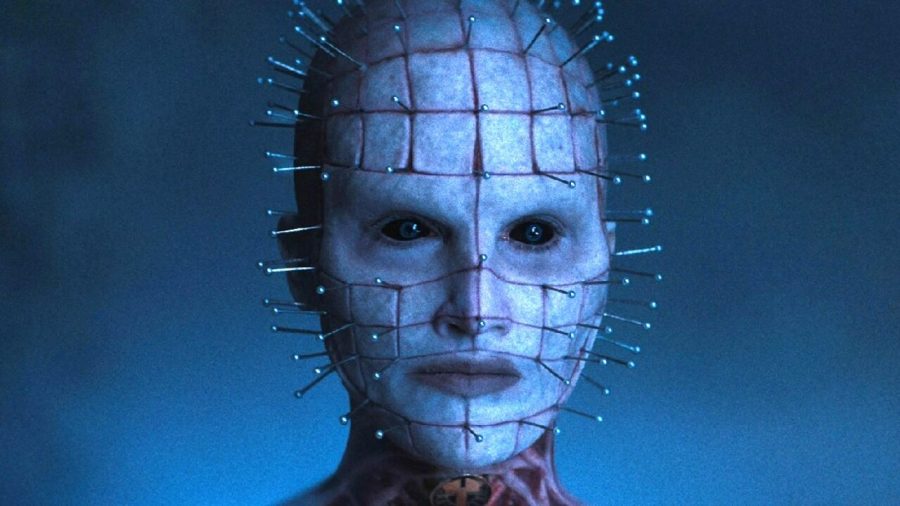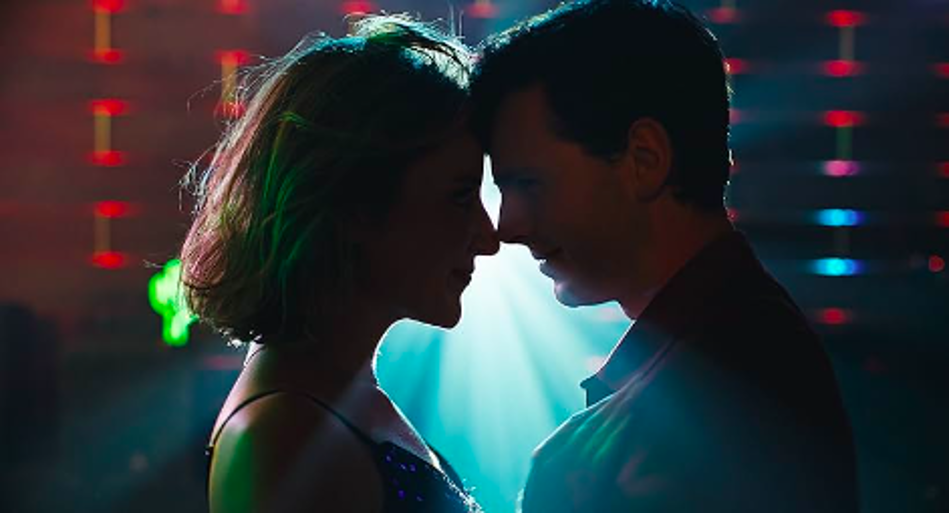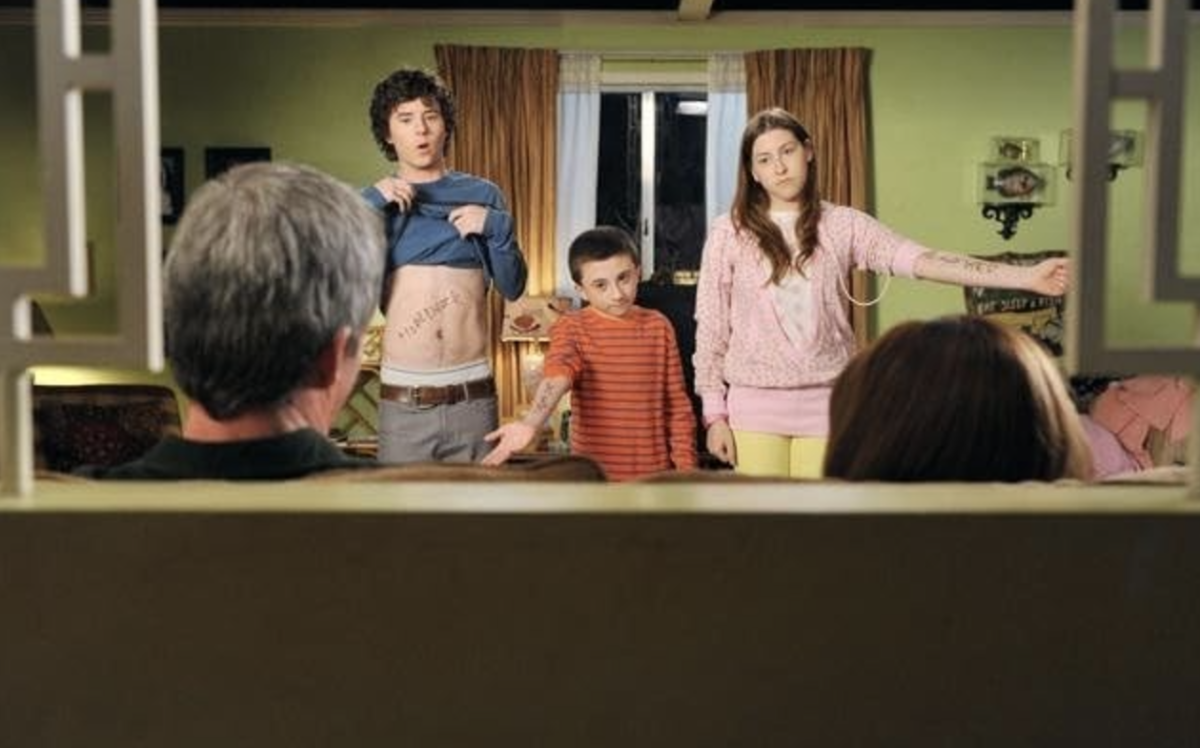Horror has long been about pushing boundaries.
Alfred Hitchcock’s “Psycho” shocked audiences with a then-unprecedented amount of violence. “The Exorcist” graphically played on religious taboos and Clive Barker’s original “Hellraiser” brought sadomasochism and BDSM to your local multiplex. Director David Bruckner’s 2022 reboot of the same name reimagines the world of the torturous Cenobites with stunning visuals and a clever spin on the original premise, but there’s no denying that this version, as gruesome as certain moments are, feels tamer than its 1987 predecessor.
2022’s “Hellraiser” opens with a party at the mansion of billionaire Roland Voight (Goran Visnjic), an eccentric man with a penchant for collecting occult objects. He lures a sex worker into his collection room, home to the iconic puzzle box that, when exposed to blood, summons murderous servants of hell called Cenobites.
The story shifts to our real protagonist, Riley (Odessa A’zion), a recently sober twenty-something struggling to rebuild her relationship with her protective brother. With her on-again, off-again romantic partner Trevor (Drew Starkey), Riley breaks into a warehouse, finding only the mysterious puzzle box. After an accident activates the box’s power, Riley finds herself in a mad dash to save herself and the ones she loves from eternal torture in hell.
Horror remakes are often afflicted with unlikeable characters, but the film brings together a cast of characters with genuine humanity and understandable fallibility. The temptation of the puzzle box cleverly mirrors Riley’s struggle with alcohol and drug use, reflecting the miserable pit of relapse. Instead of being driven by pure sexual desire as in the original film, this protagonist feels the need to solve the mystery of the box to take back control of her life.
The parallel between addiction and horror was alluded to in the past, even within another horror remake (Fede Álvarez’s “Evil Dead” in 2013). Bruckner’s film manages to make the connection without coming off as self-important. It deepens our understanding of the character, while also allowing the purely genre material to shine. There’s something refreshing in having a horror movie that doesn’t try to outstep its audience, never compromising thrills for a supplemental metaphor.
Those thrills come in large part due to the impressive visual style of the film. Bruckner and his team have beautifully updated the classic look of the franchise. Where the original Cenobites were clad in chains and black leather, these new villains contorted their own flesh into disturbing uniforms, the bloody flesh held together with pins, wire and metal braces. It’s a smart and surprisingly elegant twist on the design, piquing our curiosity and disgust in equal measure. The rest of the production design follows suit, particularly with Voight’s mansion, a boxy castle housed in an ornate iron cage. There is a level of craftsmanship on display that makes it easy to fall into the story.
The polished production does carry with it a side effect. Much of the original film’s charm and shock comes from its more analog approach to the fantasy elements. The special effects are achieved with on-set prosthetics, props and puppetry. There is a level of unpredictability that comes with the use of physical prop blood, bones and miscellaneous goo. With a film more reliant on CGI (but still far less reliant than most modern horror films), that unpredictability is lessened. Having that separation between performer and effect creates a safer feeling in the overall story, and it is less visceral in both violence and in the sexual connotations.
Bruckner’s “Hellraiser” also succeeds in giving its characters agency in their sexuality. With a franchise so overtly influenced by both queer and kink culture, it is only right that the latest entry portrays sexual independence and diversity. Horror movies often treat sex as a conduit for self-destruction or an opportunity to plainly titillate the audience. Here, sex is simply another part of life. Riley’s brother is in a queer relationship, and she ends up teaming up with his boyfriend to investigate further. Riley is also in control of her sexuality, acting on it for connection with Trevor or for simple excitement. The only taboos arise when the Cenobites conflate torture and sexual pleasure.
There are few cinematic phenomena as unpredictable as horror franchises. Within the “Hellraiser” franchise alone, there have been eleven films, ranging from the 1987 classic to straight-to-DVD schlock like 2011’s “Hellraiser: Revelations.” Anyone who has been subjected to movies like that can understand how dire sequels and reboots can be. It is a pleasure to see that Hulu’s “Hellraiser” is made with genuine skill and care, expanding on the original’s premise with respect for the concept and a cultural awareness that justifies the existence of an update.
Thomas Machacz can be reached at [email protected].




















